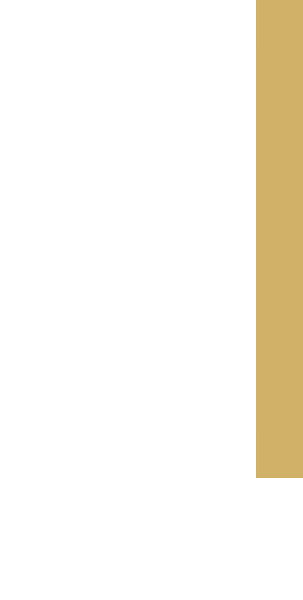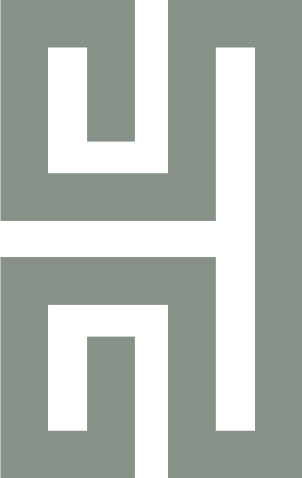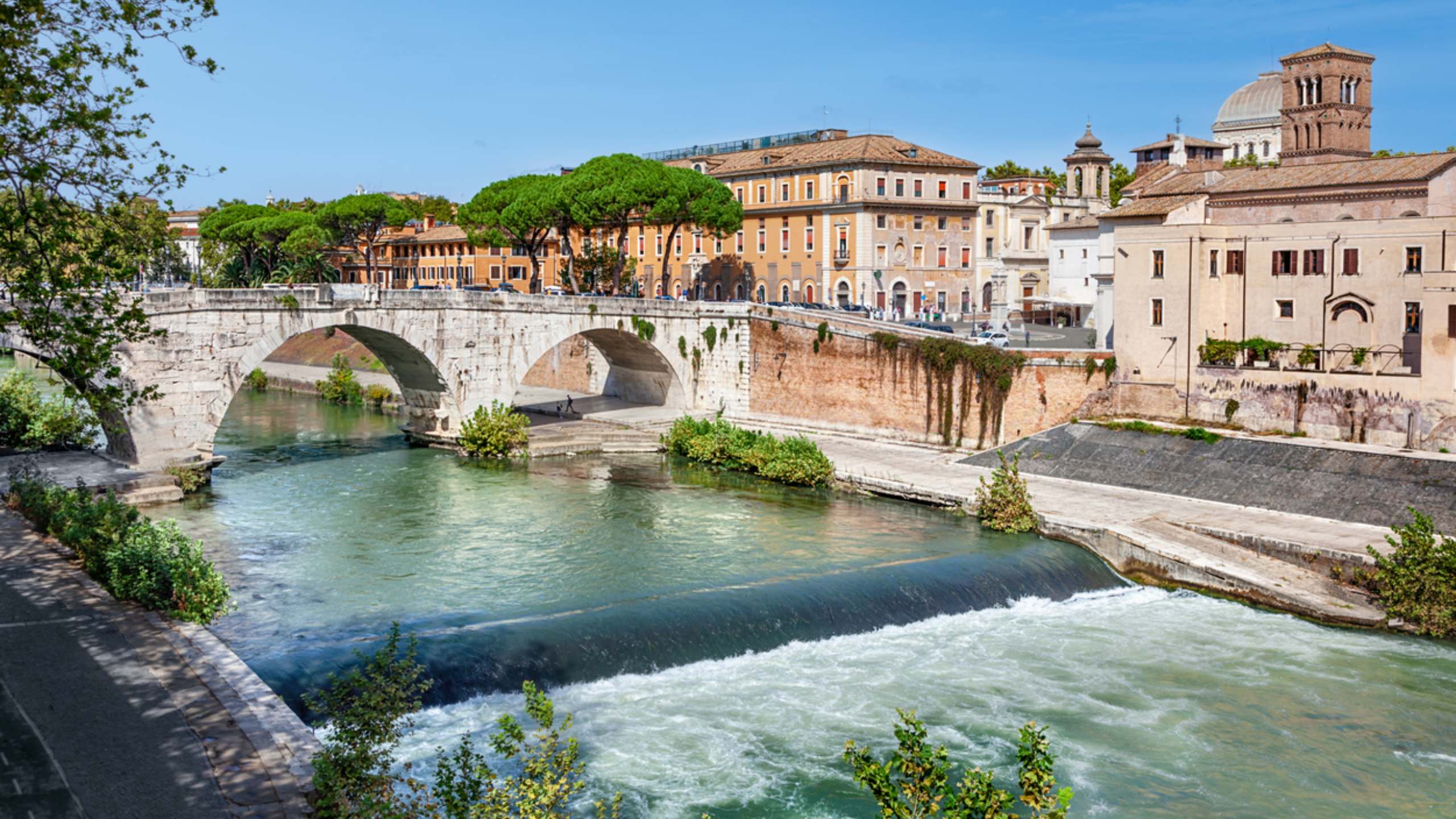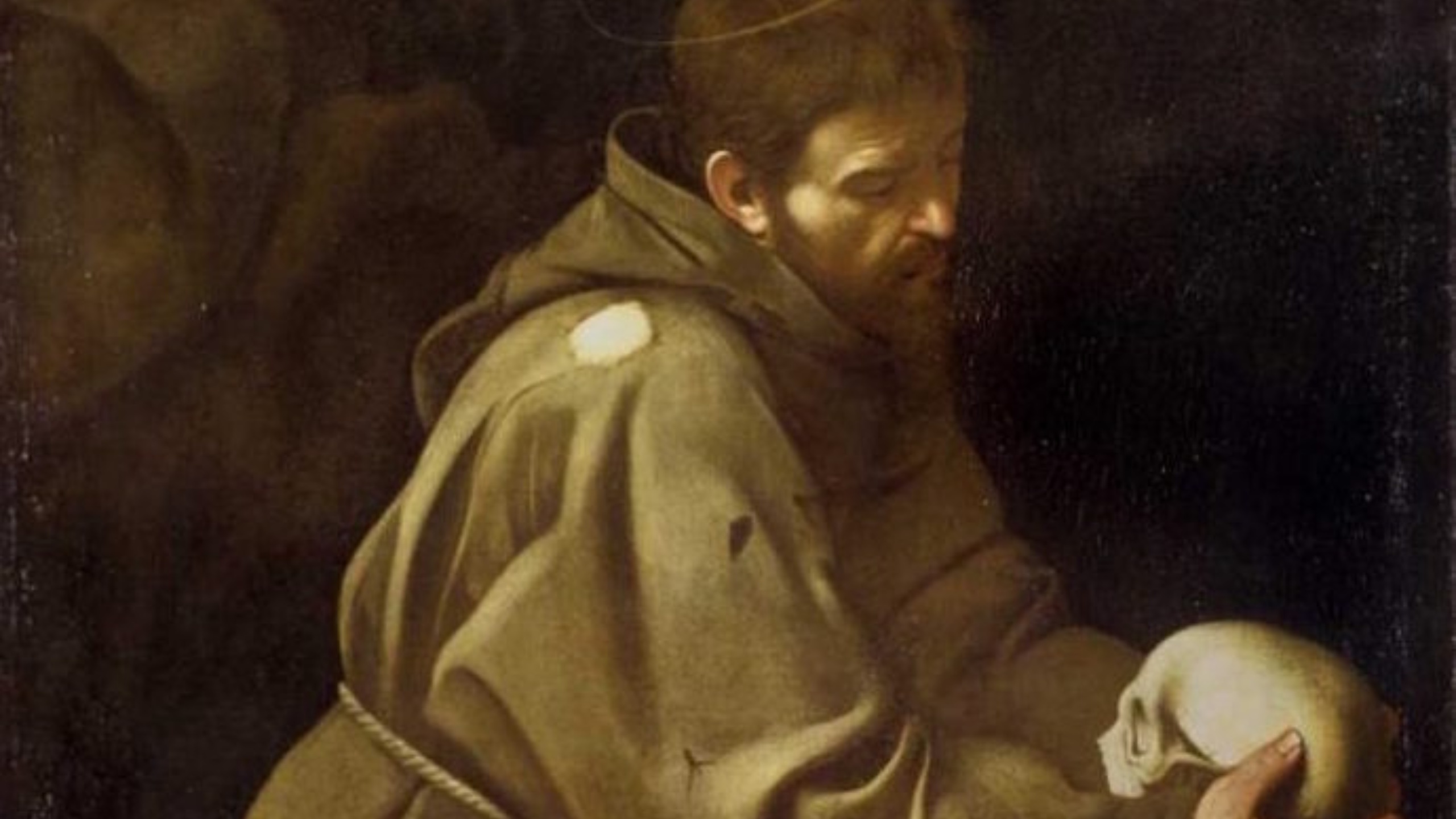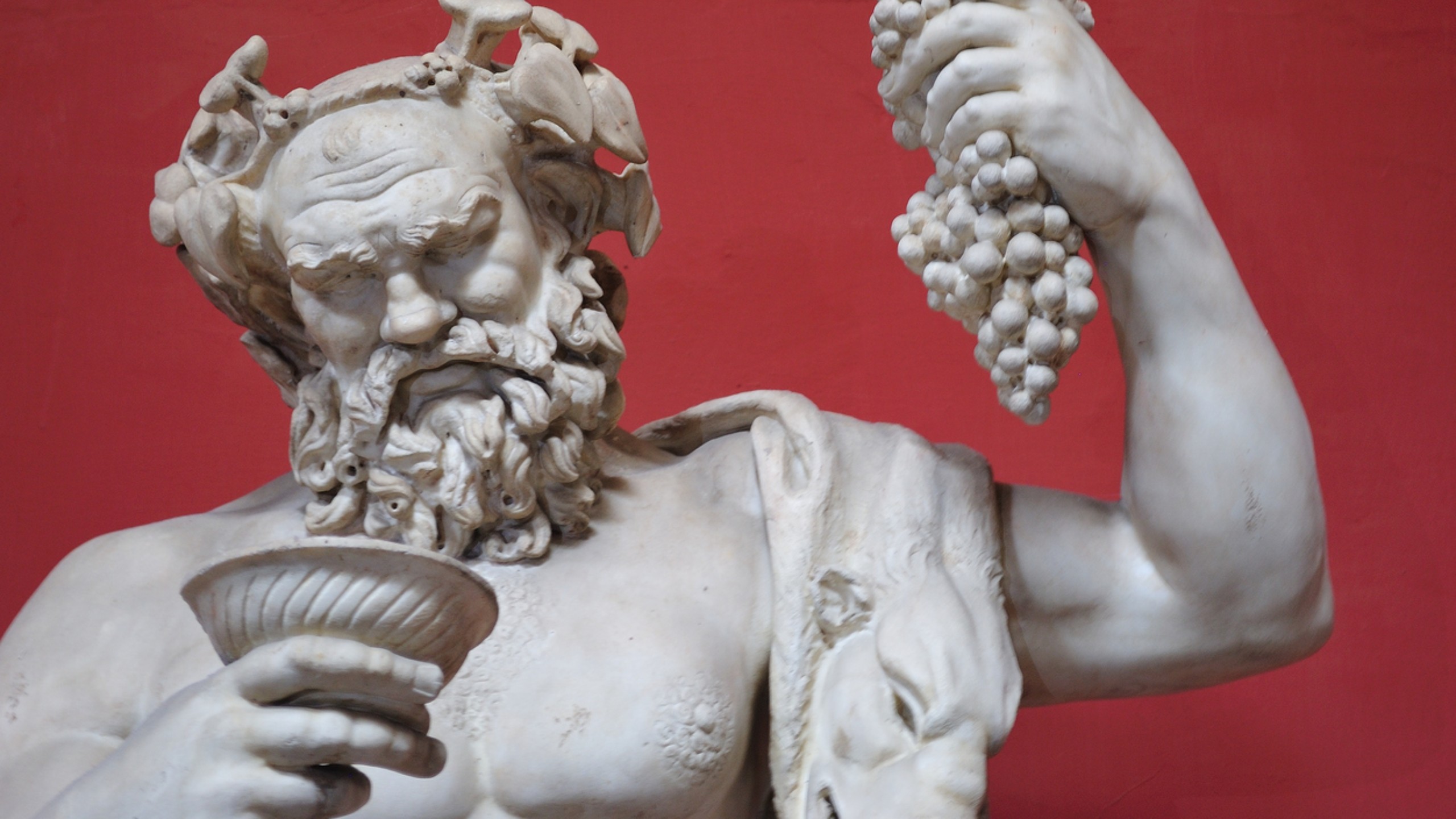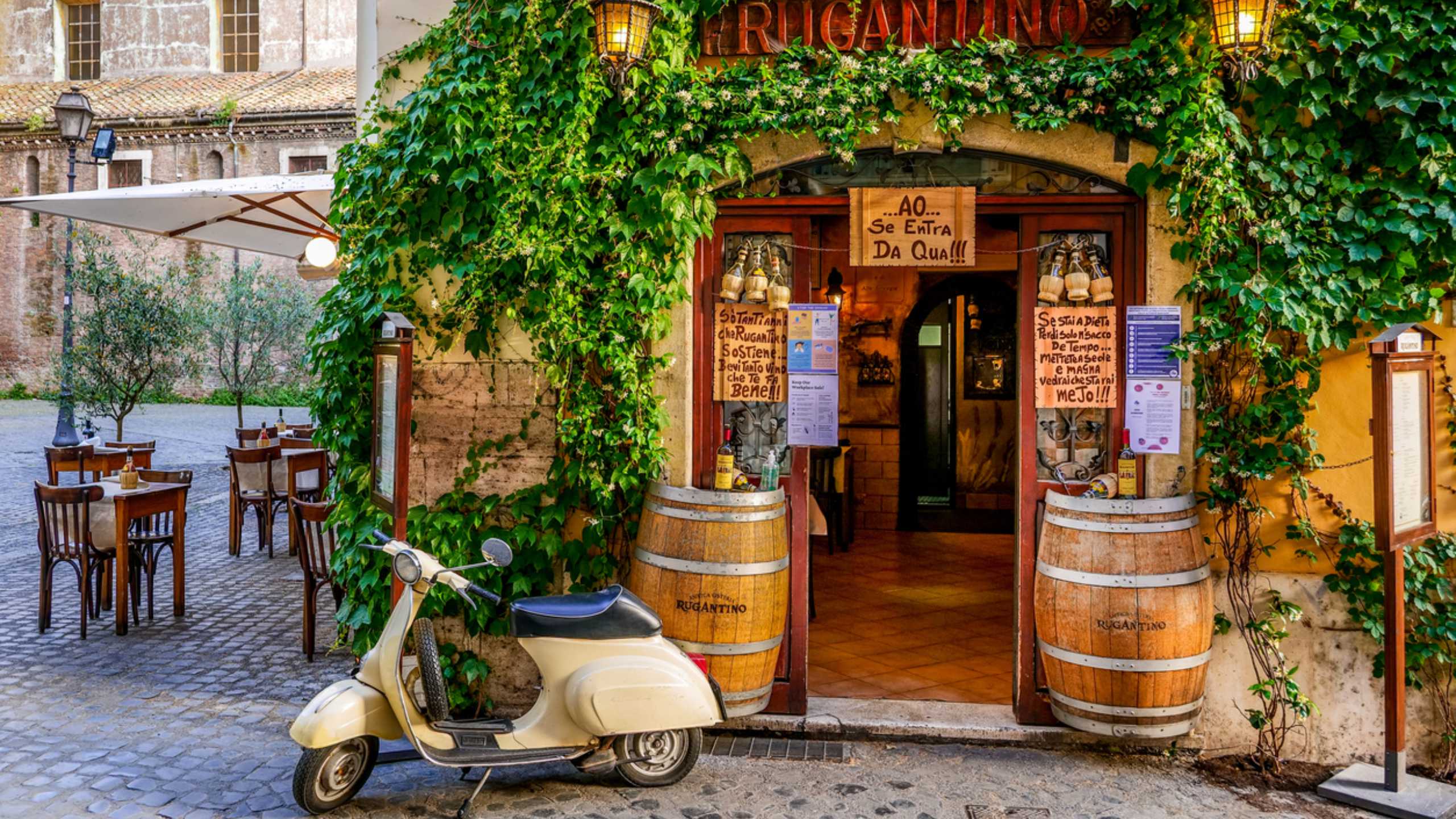Eitch Borromini: In the heart of the Roman Baroque
Three Popes, tre great architects and ten (art)works in eight stops, starting from – and turning back to – our accommodation at Eitch Borromini: here it is for you a first Roman tour in the Baroque, which we already know to be unforgettable. Beecause, in those new shapes and geometries under the Light, something is happening. Something that very few images can convey and that asks us to be there to feel it.
The curves that speak to thy heart
“Eccentric, bizzarre”: this seemes to be the meaning of the Portuguese word ‘barocco’, to designate an irregular pearl. A word that in Italy, referred to the style in the Arts, for two centuries will have a negative connotation – partly because of the aversion feeling towards the Spanish rule as well as the too many wars and persecutions of the time, partly because of the confusion induced by scientific revolutions. This is the age of Galilei, and the Christian vision is colliding with discoveries which seem to questioni it. This is also the age of the Counter-Reformation and absolute monarchies – both in the need of “reestablish order”.
Instead, after the first Renaissance and its canons, the Baroque shakes everything up: lines dont’t talk to the intellect anymore but to emotions, perspectives are disorienting, lights and shades subverting.
A sense of precariousness breaks out of the stone, to change spaces by shifting all certainties. No, facades are not comfortably straight and don’t even seem still. No, the light doesn’t hit right angles, moving in a complete different way along the curves and the hours of the day. And no, paintings are not “classic” but almost sources of illusions, changing our perception of space.
For a moment, the desire for freedom wins over the need for security.
The ten (art)works around our Mansion
Once finished our breakfast with a view on Navona Square, and leaving early our room at Eitch Borromini, we move towards the Saint Louis of the French Square. Possibly “armed” with coins, which in the Church of the same name will serve to illuminate one of Caravaggio’s masterpieces, The Vocation of Saint Matthew. Pay attention to the light in the painting: the meaning… is all in that ray.
Turning onto the road we crossed before, we go towards the Saint Ivo at the Sapienza Church built by Borromini in 1642: at the end of a beautiful courtyard, a concave facade. Inside, a dome that takes the breath away – especially when understood the different geometry compared to its external shape. As the available construction area was small and rectangular, Borromini starts from a triangular plan which doubles in order to create a six-pointed star in the middle of circular spaces and quite a few symbols. After this visit, your gaze on Saint Ivo’s dome from the terrace of Eitch Borromini we are sure it will change.
But let’s continue our tour: down the same street, we find Saint’Andrea della Valle Church. Built by three architects, one of whom - Carlo Maderno – a Borromini’s paternal friend and teacher. The dome made by Maderno is the third highest in Rome after those of Saint Peter in the Vatican and of Saints Peter and Paul in the Roman EUR district.
From here, and after a walk until the beginning of Giulia Street, we enter the San Giovanni Battista dei Fiorentini Church – a reference place for the Florentine “nation” in Rome. But also the home of final rest for Maderno, who had built the dome, and for Borromini, who will ask to be buried next to his teacher. Inside the Basilica, also two commemorative busts made by Bernini.
Continuing from Giulia Street, we get to Sant’Angelo Bridge, wanted in 134 by the Roman Emperor Hadrian and modified (in 1535 and 1669) by two Popes. The second of whom, Clemente IX, entrusts Bernini with both of the new parapet and ten beautiful Angel sculptures. Bearers of Christ’s Passion instruments, as the bridge leads to Sant’Angelo Castle – a State prison at that time.
Turning left, we get to Saint Peter Square. In order to both solve the problem of proportions compared to the facade built by Maderno and give the right visibility to the dome made by Michelangelo, Bernini conceives an oval square and a Colonnade able to give a sense of depth. Inside the Basilica, he also projects the Chair of Saint Peter and creates the Papal Altar Baldaquin, whose superior statues are the work of Borromini.
Going back towards Eitch Borromini from Vittorio Emanuele Road and turning left in Savelli Alley, we get to Santa Maria della Pace Church. Rebuilt by Pietro Da Cortona, the Church is famous for Raffaello’s and Maderno’s materpieces and for the Cloister designed by Bramante, today a space of highly selected international Art exhibitions.
We are now behind Eitch: one last lap to Navona Square - between the Sant’Agnese in Agone Church, made by Borromini, and the Four Rivers’ Fountain, a Bernini’s work - and we can go back up to our room. Having dinner and rest, fulfilled by such great, “irregular” Beauty.

